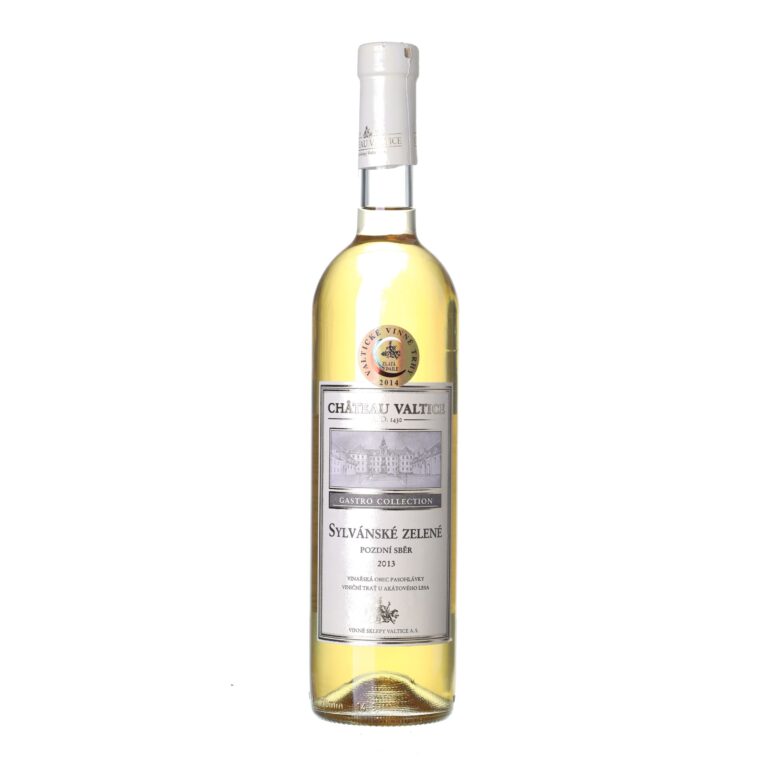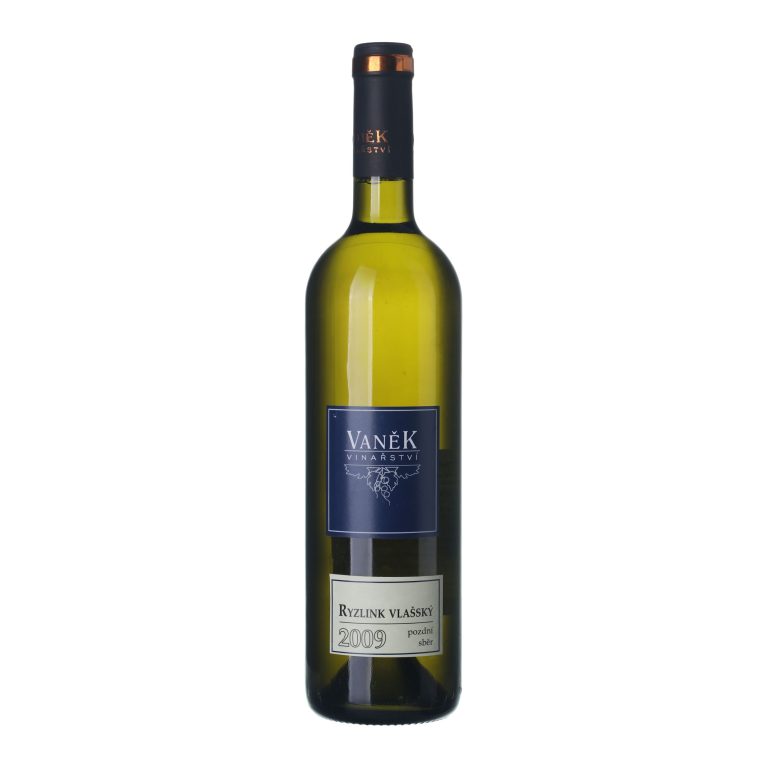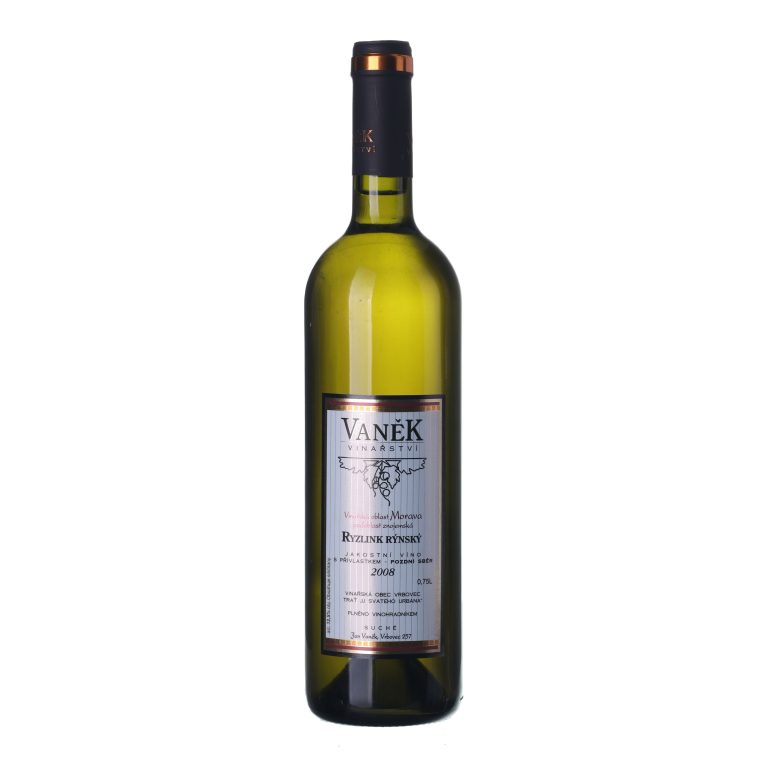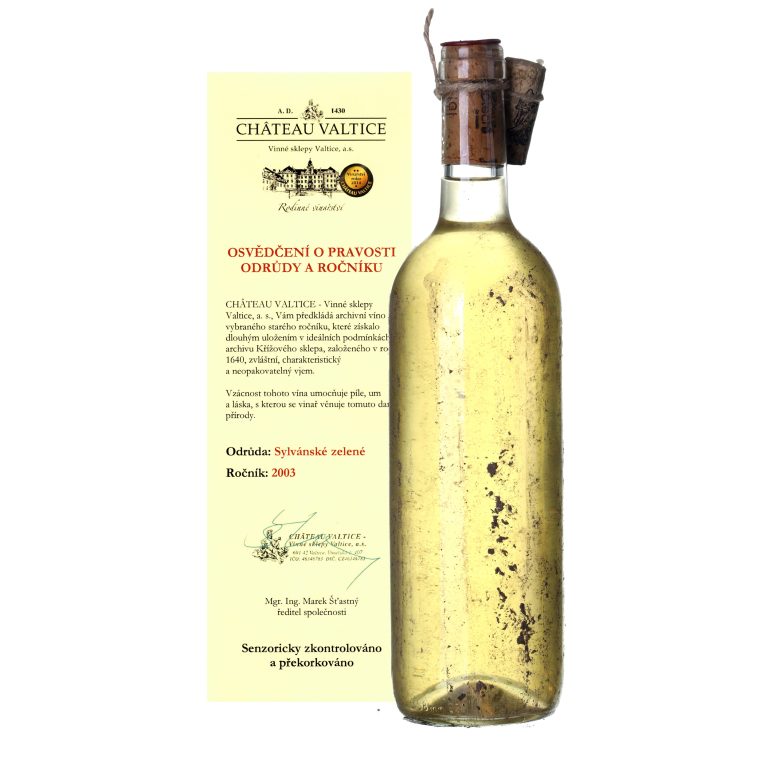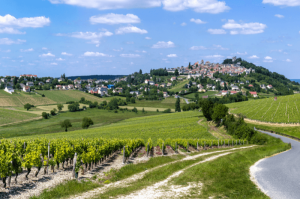What does the designation "regional wine" mean?
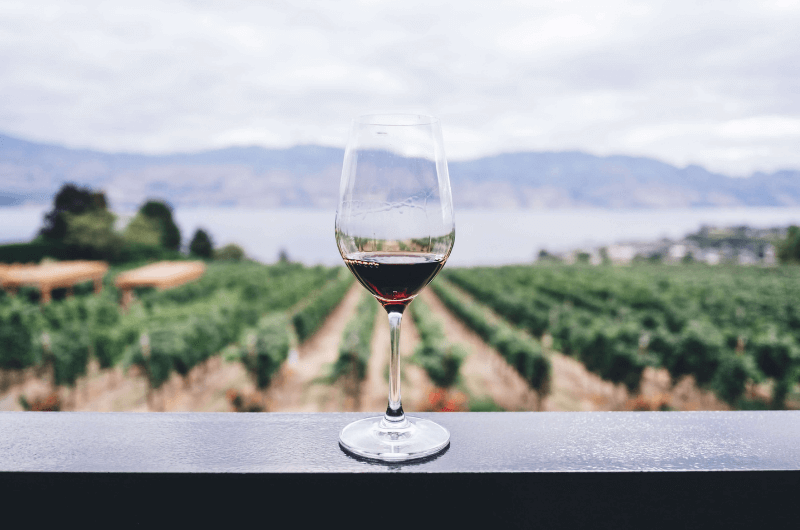
Have you heard of regional wines? Did you know that just like appellation wines, these wines also have to fulfill certain specific conditions? No? That’s okay. In this article you’ll find out what regional wine is and how it’s made. Maybe you’ve already drunk a truly great regional wine and didn’t even know it!
What is regional wine?
Regional wines, which are sometimes also called “land wines,” are essentially ordinary wines which may or may not have any special quality attributes. In order to provide a little context for what we mean by this, we’ll first explain how wines are classified in the Czech Republic. In this country, grapes are categorized according to their ripeness and quality attributes.
Categories are determined on the basis of degrees of “NM”. One degree of NM equals one kg of natural sugar in 100 liters of grape must, and the classification is as follows:
- wine (previously also “table wine”) – 10 ⁰NM
- regional wine – 14 ⁰NM
- quality wine: varietal – 15 ⁰NM, branded – 15 ⁰NM
- wine with original certification – 15 ⁰NM
- quality wine with an special attributes, which is further divided into:
- Cabinet wine – 19 ⁰NM
- Late harvest – 21 ⁰NM
- Selected grapes – 24 ⁰NM
- Selected berries – 27 ⁰NM
- Ice wine – 27 ⁰NM
- Straw wine – 27 ⁰NM
- Select botrytized grapes – 32 ⁰NM
What criteria does a regional wine have to fulfill?
A Czech regional wine can only be produced from grapes grown in the Czech Republic. Then, within this designation, you can also find the subcategories of Moravian and Bohemian regional wines. These designations are displayed on the labels along with the variety of grapes and the vintage.
The next parameter is less strict than the rule for wines with special quality attributes. Regional wines can be made from grapes that have a sugar content of 14 °NM or higher. Cabinet wine, which has the lowest sugar content among the wines with special quality attributes, must have 19 °NM.
You can also encounter regional wines that have had sugar added. Winemakers add the sugar before the must ferments – not into the finished wine. The goal isn’t for the wine to be sweeter, but for it to have a higher alcohol content and a fuller taste.
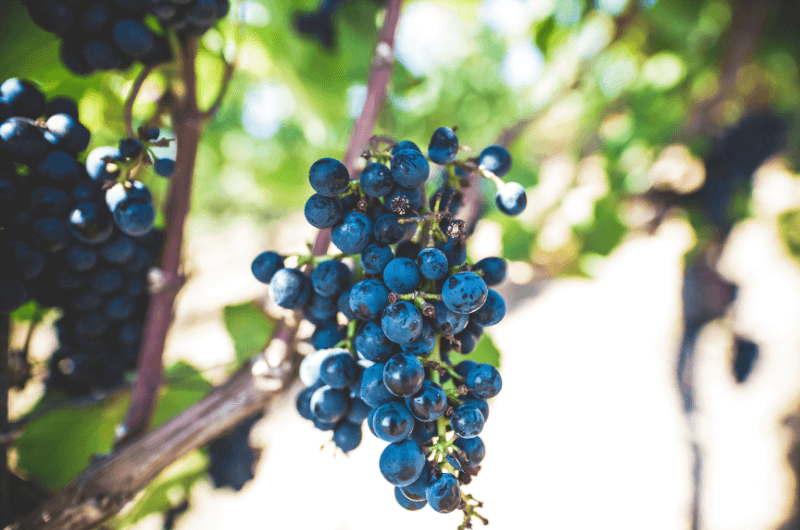
Regional wine with an appellation?
Perhaps this paragraph will confuse you a little. Many regional wines could have appellations because they fulfill the relevant criteria. However, for a small winery or a limited edition it’s sometimes better if the wines are only labeled as Moravian or Bohemian regional wines. This is because the process by which wine is categorized into appellation categories requires a lot of time and money.
Another reason can be that some winemakers don’t agree with the policy of classifying wine according to the sugar content of the grapes at harvest time. The quality of wine is not only determined by its sugar content, but also by its aroma, taste, and long finish. Thus, regional wines can be of very high quality.
Taste quality
Vintage wines are the top choice for quality. That’s because they’re made from the best grapes and their taste is more harmonious. You’ll also find Czech vintage wines in our selection.
Select wines. In your email.
once every month. You can look forward to our recommendations, interesting content, and great offers for your archive for your archive.
By sending an email you agree to the Terms and Conditions for Protection of Personal Data


